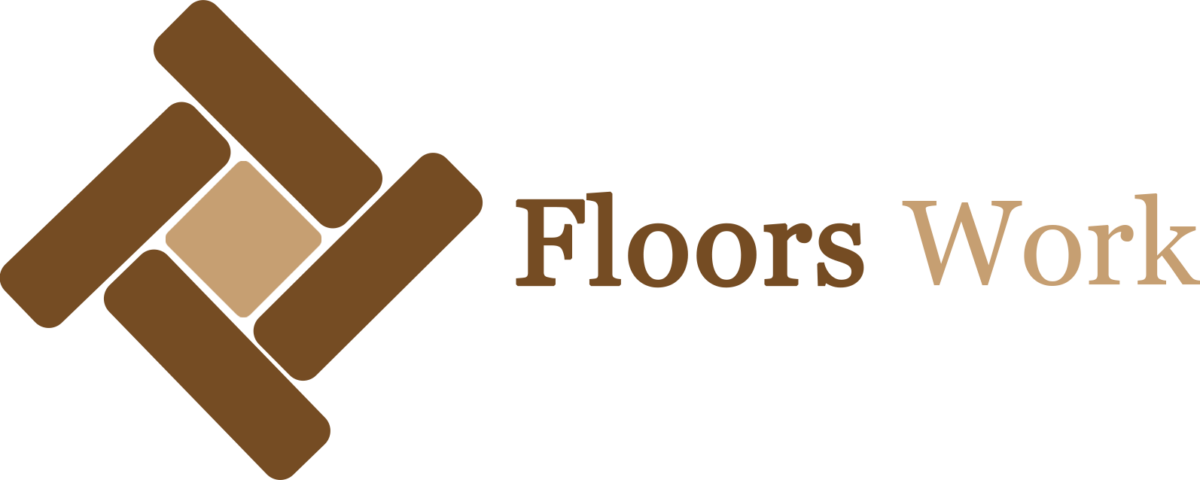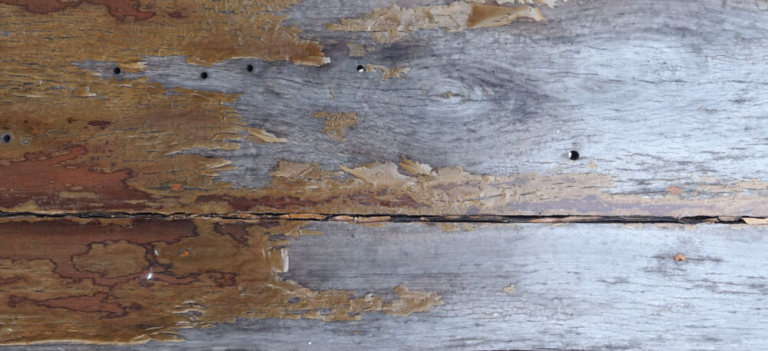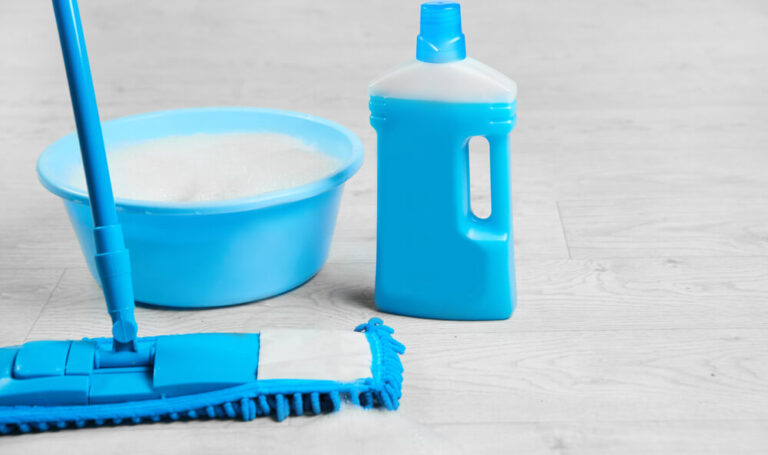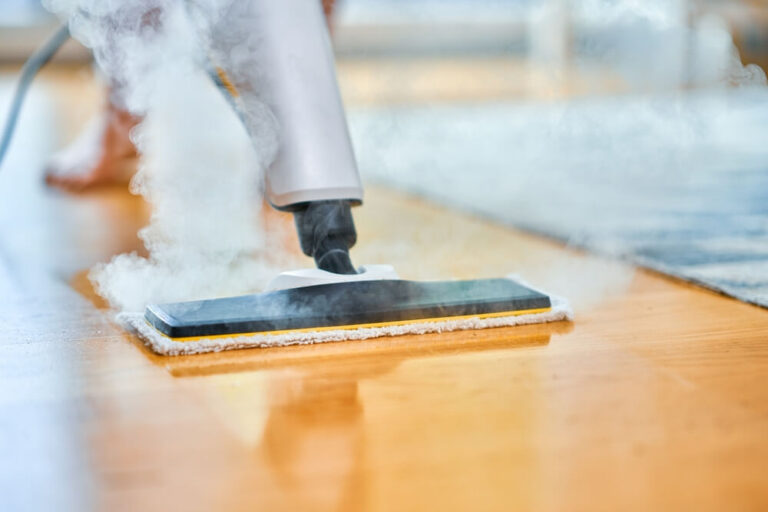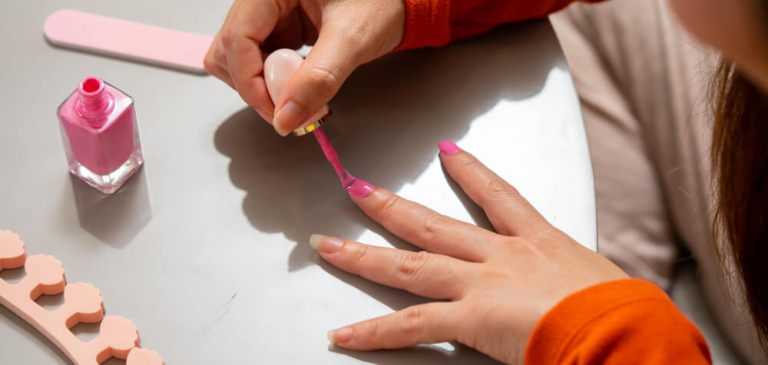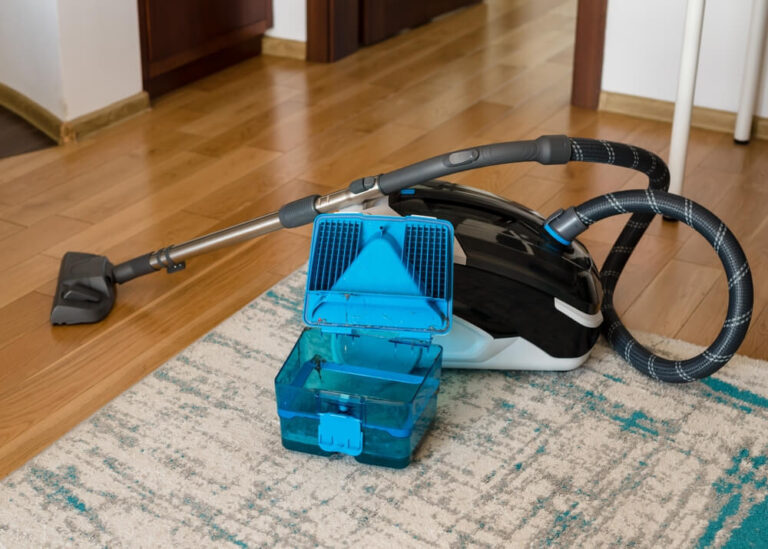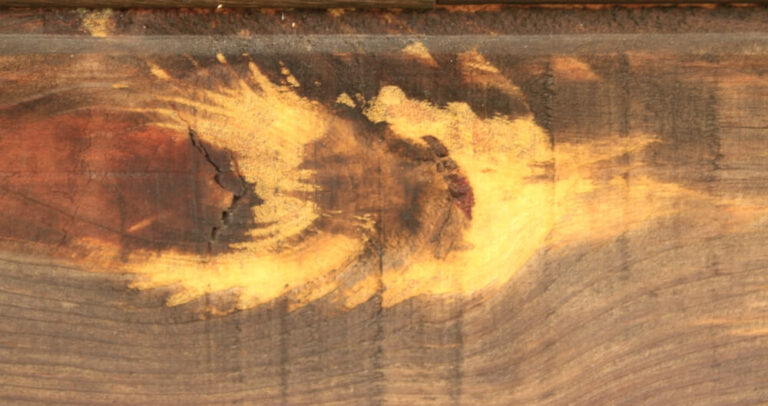
Are you also tired of scratches or dull looking hardwood floors? You are at the right place. You must have heard of different methods to restore wooden floors. Buffing is one of them. But the question that arises here is, “does buffing hardwood floors remove scratches?”
Buffing hardwood floors can reduce the visibility of light scratches by leveling the surface and restoring shine. However, it may not completely eliminate deep scratches. The effectiveness depends on the severity of the scratches, with buffing being more suitable for minor surface imperfections rather than significant damage.
Being hardwood flooring experts, we help homeowners with practical solutions to remove scratches. Before moving into the buffing details, let’s understand the nature of hardwood floors and buffing process:
Understanding Hardwood Floors
Hardwood is a natural material that can develop scratches and dents due to regular foot traffic, furniture movement, and other daily activities. The top layer of hardwood, known as the finish or sealant, is the protective coat that shields the wood from damage. Scratches often occur on this top layer, making it necessary to address them without compromising the integrity of the floor.
What is Buffing Hardwood Floors?
Buffing, also known as screening, is a mechanical process that involves using a high-speed rotary machine equipped with a special pad or brush to remove imperfections from the floor’s surface. The machine agitates the floor’s finish, creating friction that can effectively eliminate light scratches, scuffs, and other minor blemishes. Buffing is often part of the hardwood floor refinishing process, which aims to restore the floor’s original beauty, extend its lifespan, and increase home value.
Does Buffing Hardwood Floors Remove Scratches?

Buffing indeed has a positive impact on scratches, but its effectiveness depends on the severity of the scratches. Light surface scratches and scuffs are more likely to be successfully removed through the buffing process. The machine’s abrasive action levels the surface, making scratches less noticeable and restoring the floor’s shine.
You can also seek help on buffing from the “Finishing Wood Floors” article.
However, deep scratches that penetrate beyond the finish into the wood may not be completely eradicated through buffing alone. In such cases, additional measures, such as sanding and refinishing, may be necessary to address the deeper damage. It is crucial to assess the extent of the scratches before deciding on the appropriate restoration method.
The type of finishing and maintenance of wood flooring also matters. Hardwood floors can have penetrating stains or surface finishes like polyurethane. If your floors have a penetrating stain, any scratches are in the wood itself, and buffing won’t help. However, surface finishes like polyurethane act as a protective layer, and buffing can remove scratches within that layer.
How To Buff Hardwood Floors To Remove Scratches?

Buffing, also known as screening, is a process that uses fine-grit sandpaper or abrasive pads to lightly abrade the top layer of your hardwood floor finish. This essentially polishes the surface, removing dirt, grime, and minor imperfections. Here is a detailed guide on how to buff hardwood floors:
Materials and Equipment
Buffing Machine
Rent or purchase a high-speed rotary buffing machine. These machines are available at hardware stores or equipment rental centers.
Buffing Pads
Use appropriate buffing pads for hardwood floors. Different pads have varying levels of abrasiveness, so choose pads that suit the condition of your floors.
Dust Mask and Safety Gear
To protect yourself from dust and debris, wear a dust mask, safety glasses, and ear protection.
Cleaning Solution
Prepare a mild cleaning solution. Mix a small amount of hardwood floor cleaner with water according to the product instructions.
Clean Microfiber Cloths
Have clean microfiber cloths or rags on hand for wiping away any residue.
Steps To Buff Hardwood Floors To Remove Scratches

Given below is the step wise guide to buff wooden floors:
Prepare the Room
Remove furniture and rugs from the area to be buffed. Sweep or vacuum the floor to remove any loose dirt and debris.
Clean the Floor
Mop the floor with the prepared cleaning solution to ensure that the surface is free from dirt and grime. Allow the floor to dry completely.
Attach the Buffing Pad
Install the appropriate buffing pad onto the machine. Follow the manufacturer’s instructions for attaching and securing the pad.
Familiarize Yourself with the Machine
Before turning on the buffing machine, familiarize yourself with its controls. Practice moving the machine around in an open area to get a feel for its operation.
Start Buffing
Plug in the buffing machine and turn it on. Begin buffing in one corner of the room and work your way towards the exit to avoid walking on the freshly buffed floor.
Buff in Sections
Divide the floor into manageable sections to ensure thorough and even buffing. Move the machine in straight lines, overlapping each pass slightly for consistent results.
Control the Machine
Keep a firm grip on the machine and maintain control while buffing. The machine’s high-speed rotation can make it challenging to maneuver, especially for beginners.
Check Progress
Periodically stop and check the progress. Wipe away any residue with a clean microfiber cloth to assess the shine.
Address Scratches
If you encounter scratches, focus the buffing machine on those areas to reduce their visibility. However, keep in mind that deep scratches may require additional treatments.
Finish Buffing
Complete the buffing process for the entire floor. Turn off the machine and allow any dust or residue to settle before inspecting the final result.
Clean Up
Sweep or vacuum the floor again to remove any remaining dust. Wipe down baseboards and corners with a damp cloth to remove any accumulated dust.
Apply Floor Finish (Optional)
To enhance the shine and protect the floor, consider applying a hardwood floor finish or polish after buffing. Follow the product instructions for application.
Also Read: Best Hardwood Floor Sealers
Hardwood floors buffing is a relatively straightforward process, but it requires attention to detail and careful maneuvering of the buffing machine. With the right equipment and technique, you can revitalize your hardwood floors and enjoy a beautifully restored finish.
Buffing vs. Sanding Hardwood Floors
While buffing is effective for addressing light scratches and maintaining the floor’s sheen, sanding is a more aggressive process that involves removing a thin layer of the hardwood to eliminate deeper scratches, old black urine stains, and imperfections. Sanding is typically reserved for more extensive floor restoration projects and is often followed by refinishing to protect the newly exposed wood.
Some Other Benefits Of Buffing Hardwood Floors
People usually ask, “Should you buff your hardwood floors?” Even if buffing doesn’t erase all your scratches, it offers other benefits. It can:
- Polished Wood floors
- Buffing removes dullness and restores shine. It polishes the finish, bringing back the floor’s natural luster.
- It even out minor blemishes by smoothening scuffs and other minor imperfections, leaving your floors looking uniform.
- Buffing prepares the floor for refinishing by removing old wax or dirt, creating a clean canvas for a new finish.
FAQs
How To Fix A Scratch On A Wood Floor?
To repair wood floor scratches, clean the area, fill the scratch with wood filler, sand the excess, and apply a matching finish. For deeper scratches, consider using a wax stick or hiring a professional for a seamless repair.
How To Refinish Wood Floors?
To refinish wood floors, start by sanding the old finish, repairing any damage, applying stain if desired, and finish with a protective coat. It’s a labor-intensive process, and professionals may charge based on the floor’s size and condition.
How Much Does It Cost To Buff Out Scratches On The Wood Floor?
The cost to buff out scratches on a wood floor varies. DIY materials like pads and cleaners are affordable. Professional services may range from $200 to $1,000, depending on floor size and severity of scratches. It’s advisable to get quotes from local service providers for accurate pricing.
Conclusion
Buffing hardwood floors can be an effective method for removing light scratches and rejuvenating the surface. It is a less invasive option compared to sanding and can be part of regular maintenance to keep hardwood floors looking their best. However, for deeper scratches, especially those that penetrate into the wood, additional measures such as sanding and refinishing may be necessary for a comprehensive restoration. Regular cleaning, using furniture protectors, and avoiding high heels and heavy, sharp objects can help prevent scratches and preserve the beauty of hardwood floors in the long run.
